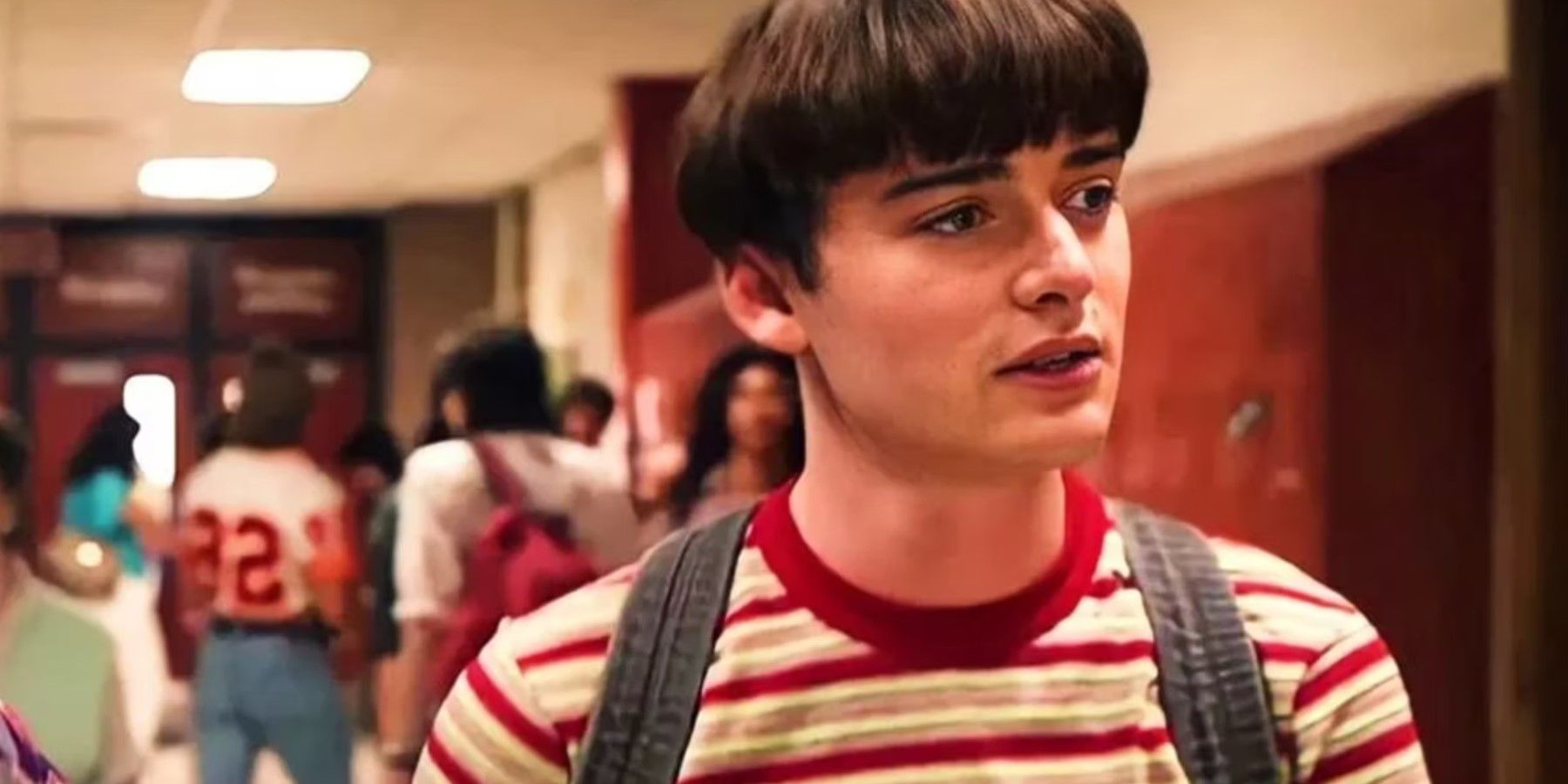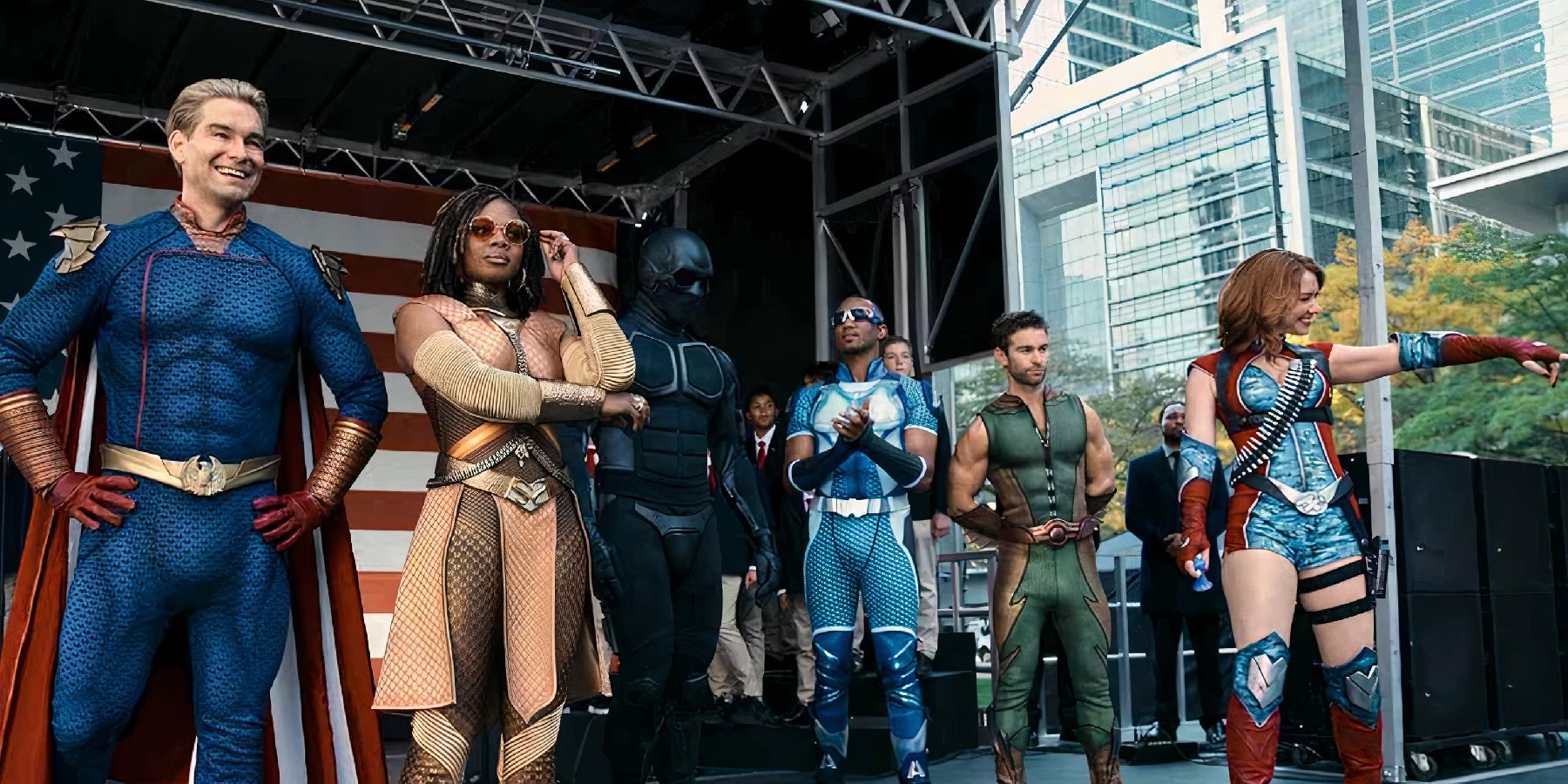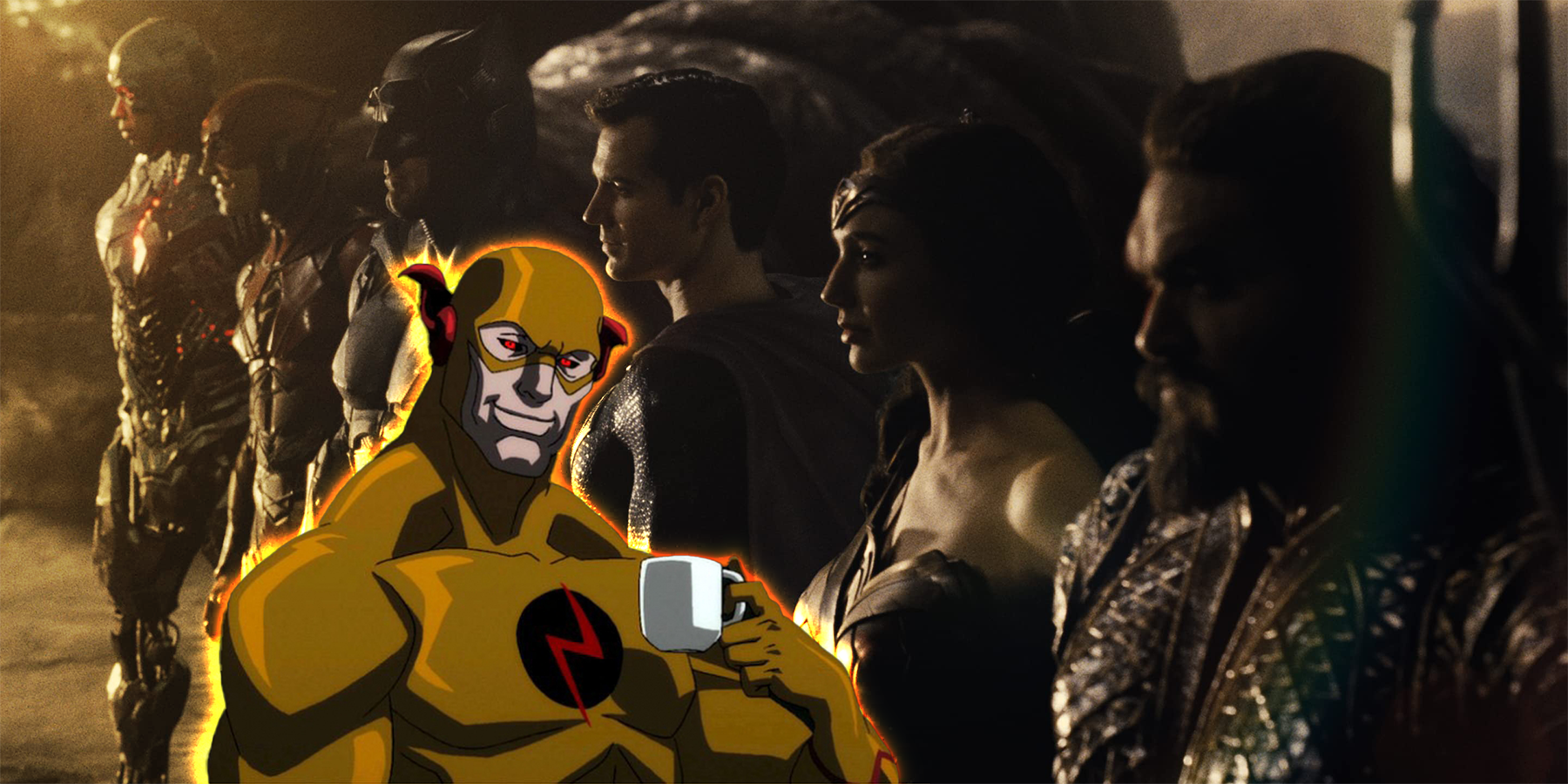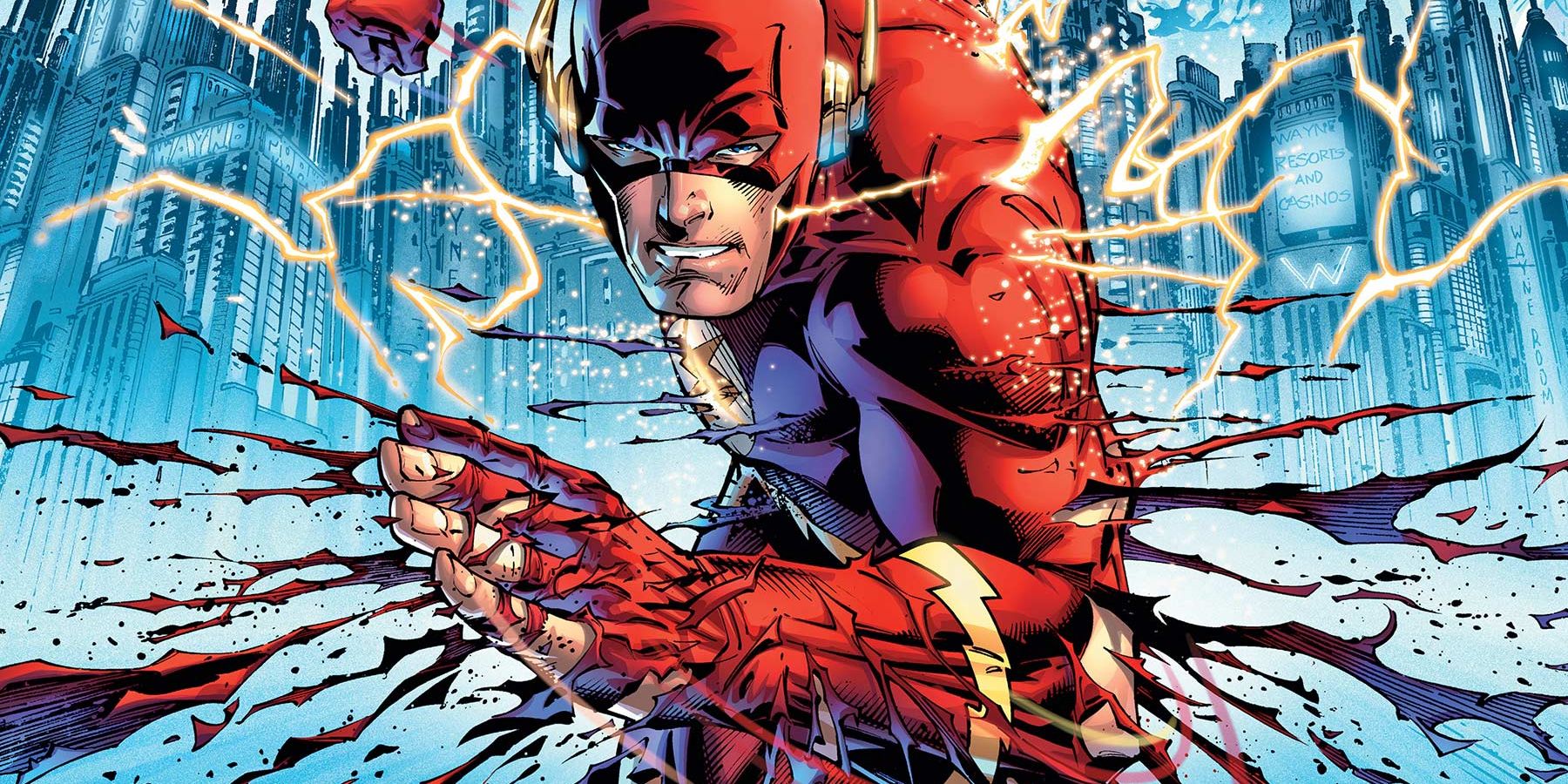Highlights
- Zack Snyder's Flashpoint reboot would have provided a satisfying conclusion to his Justice League saga and recontextualized the DCEU as Elseworlds within its own canon.
- The Flashpoint movie was intended to serve as the culmination of the DCEU, with Zoom as the main antagonist, manipulating the events of the DC Universe.
- The DCEU version of the Flashpoint storyline would have closely resembled the source material and offered a complete reboot of the universe with a new cast. However, this plan was not followed through due to Warner Bros.'s hesitation.
Zack Snyder's Flashpoint reboot, following Snyder's Justice League saga, was planned to be a satisfying conclusion in its own right. However, it would have also established the DCEU as Elseworlds within its own canon due to a shocking twist, recontextualizing the DCEU from a new point of view.
Jay Oliva, DC director, and storyboard artist for the DCEU and the CW Flash series, divulged details on what the DCEU was intended to be. Before The Flash, the character was attached to a different film under previous director Rick Famuyiwa, and it would have played a much bigger role in the DCEU. As Oliva states, Famuyiwa's Flash movie would've been a series of films leading into a Flashpoint reboot, which served as the culmination of the DCEU, with Zoom being the antagonist.
Zoom, also known as Reverse Flash, is the antagonist of the Flashpoint storyline, where he manipulates Flash to change the events of the DC Universe. During an interview with Inverse, Oliva said, “At the ending of Zack's Darkseid quadrilogy, or whatever, we would end up with a Justice League Unlimited version of the Snyder-verse.” However, unlike The Flash being inspired by Flashpoint, the DCEU version of this storyline would have more closely resembled the source material. “And then you flip it. You do Flashpoint Paradox. Everybody who's friends is now enemies, and it's a world that you don't want to live in. You can reboot the universe and introduce a new cast that way.”
This was something fans knew was part of the plan ever since Batman v Superman, when Jeffrey Dean Morgan and Lauren Cohan were cast as Thomas and Martha Wayne, since in Flashpoint, Flash changes the timeline of events, including Bruce Wayne dying that night in the alley, and his parents becoming Batman and the Joker. Other events include a war between the Amazons and Atlanteans, which manifests out of a romance that went wrong between Aquaman and Wonder Woman. “I just thought that would've been fantastic," Oliva added. "Can you imagine Jason Momoa fighting Gal Gadot and then having that love story?” However, unlike Flashpoint, the DCEU would have brought a twist to this storyline, changing everything that fans thought they knew about the DCEU until that point.
Oliva spills the beans, stating, “It was Professor Zoom pulling the strings because he had come from the future to basically f*ck with Barry. In the Flash movies, Zoom would be the villain in the background. But also in the ancillary other films, you would see some of the influences of Zoom on the rest of the Justice League.” As a result, Zoom created the trajectory of the DCEU, which would've been revealed in the Flashpoint DCEU adaptation.
Everything that fans know about the DCEU would have been because Zoom manipulated the DC timeline to be that way, so the DCEU would have been a set of Elseworlds stories designed to organically set up what may have been the canon DC Universe in its Flashpoint reboot. The irony of the situation is that if Warner Bros. had not gotten cold feet, and had at least followed through on the direction granted to them following the Snyder cut, then the studio might have avoided much of the controversy that followed with some fans while also being in the perfect place to set up an actual reboot, especially since the Snyderverse was profitable for WB.
Flashpoint Paradox is available on MAX.
Source: Inverse





